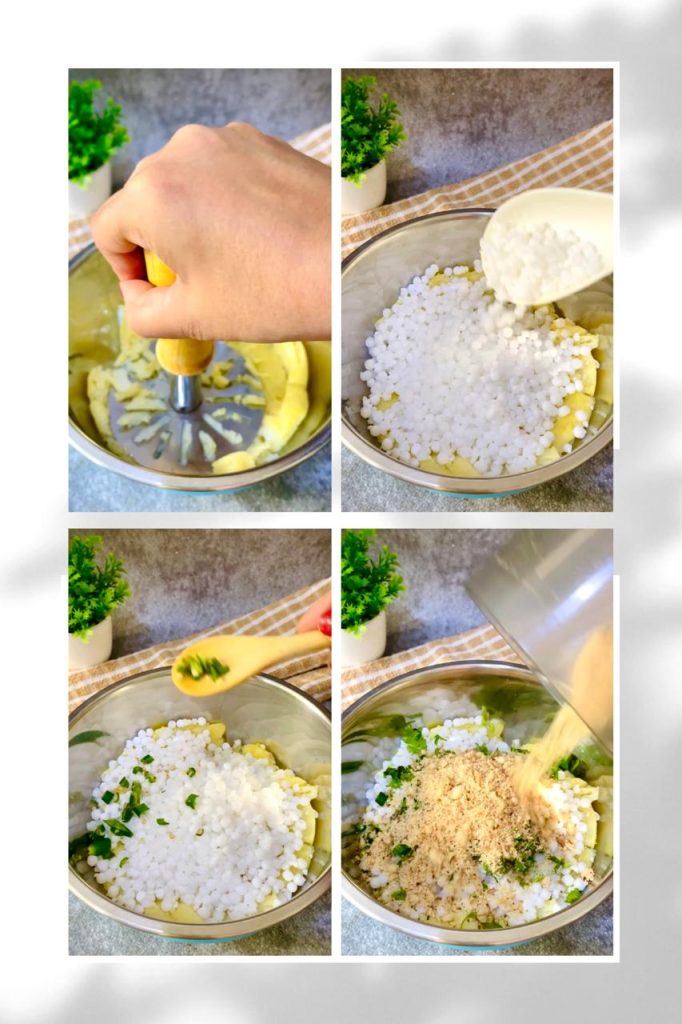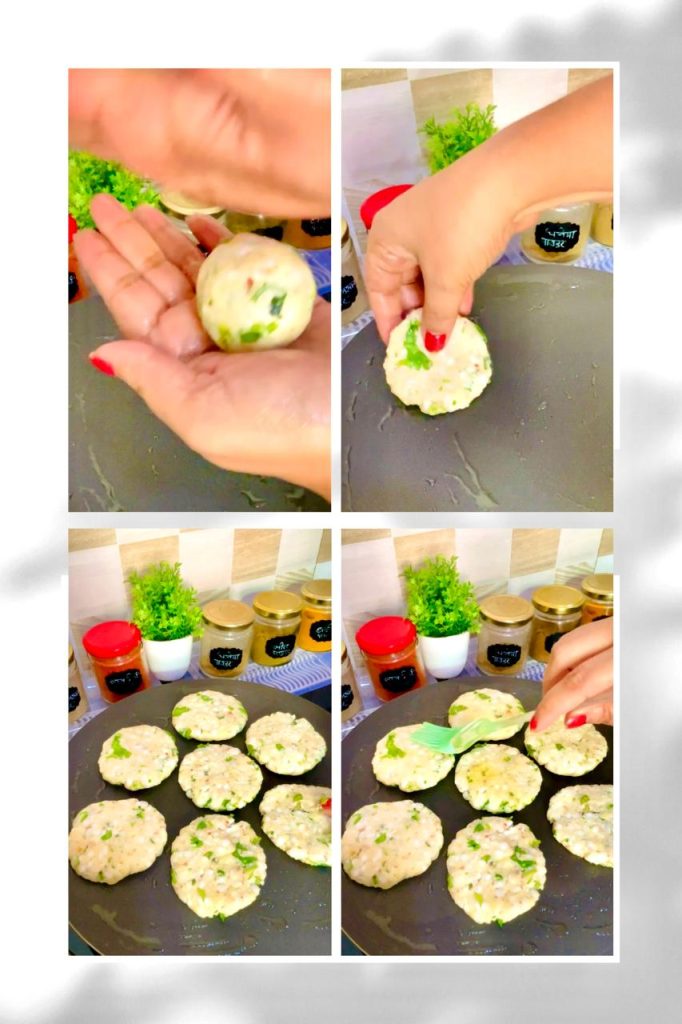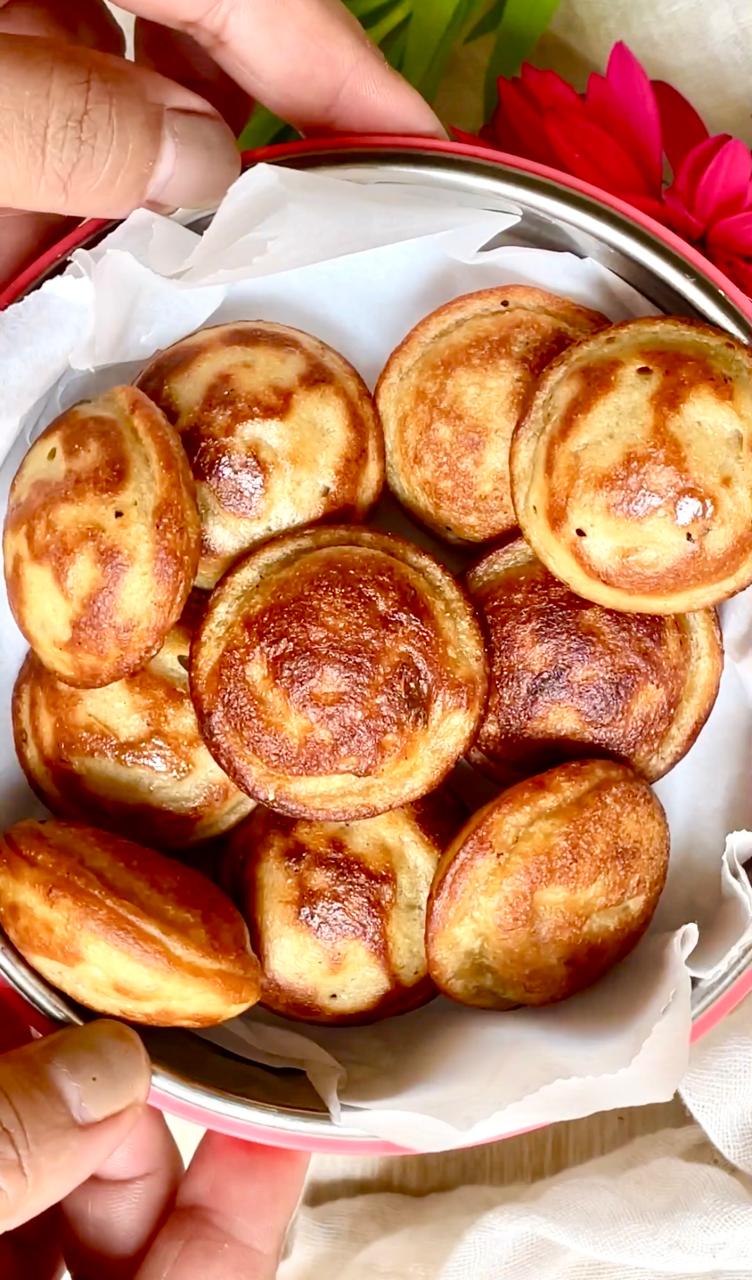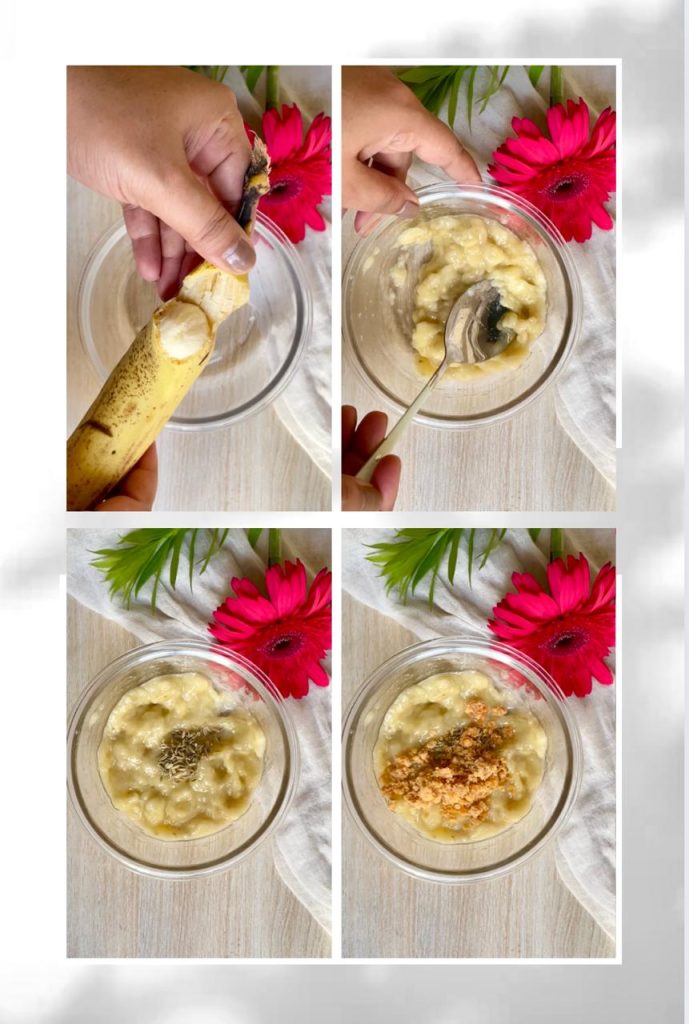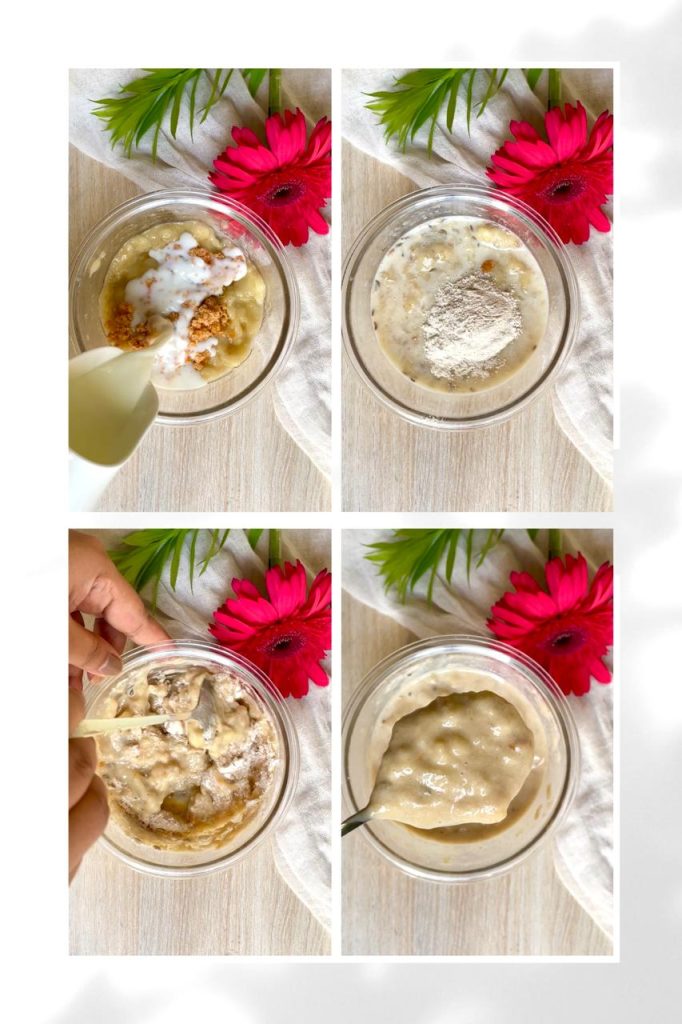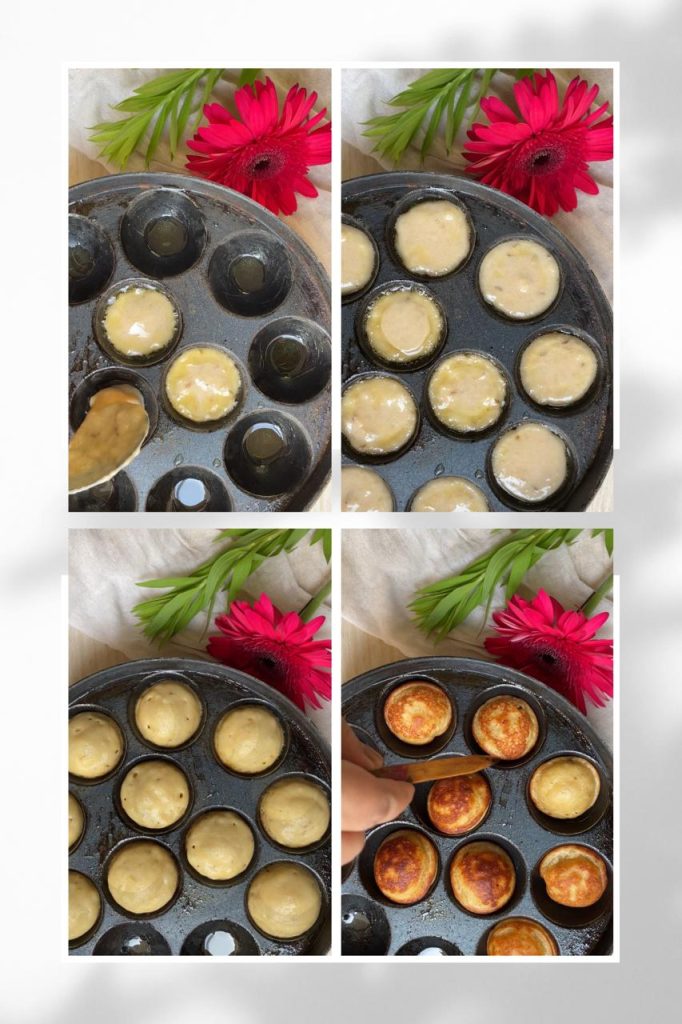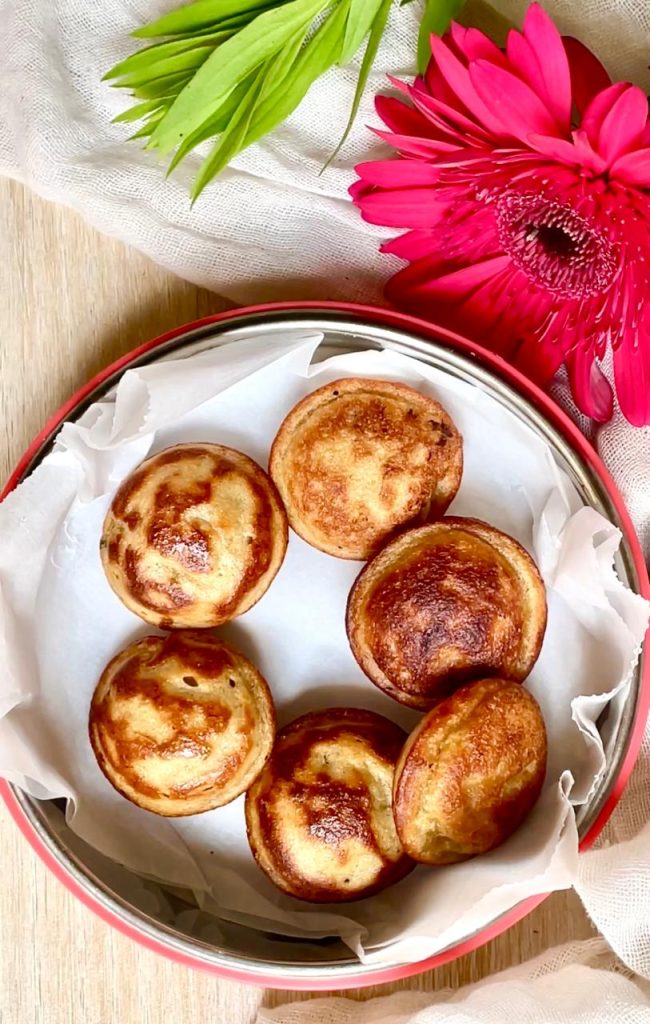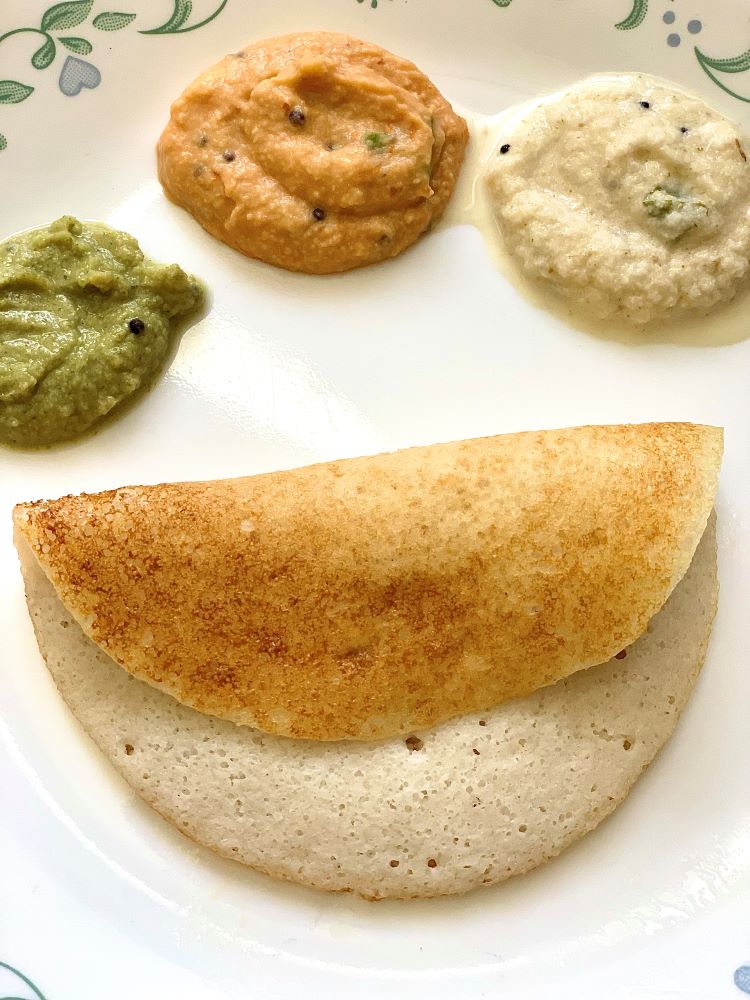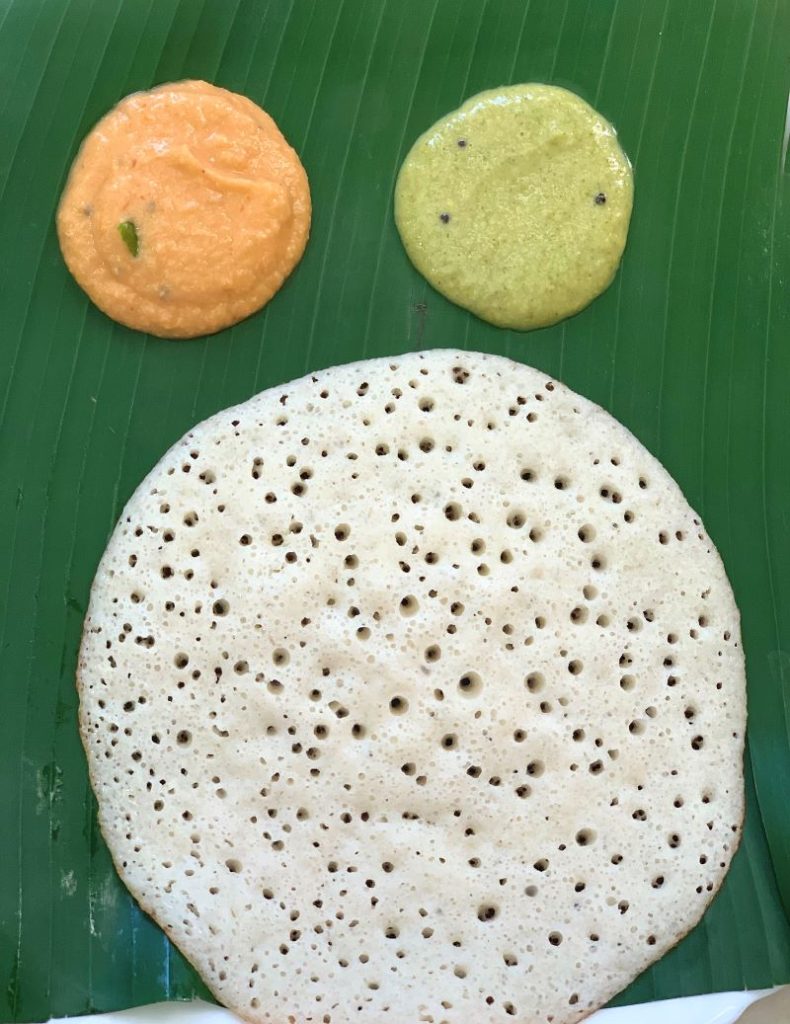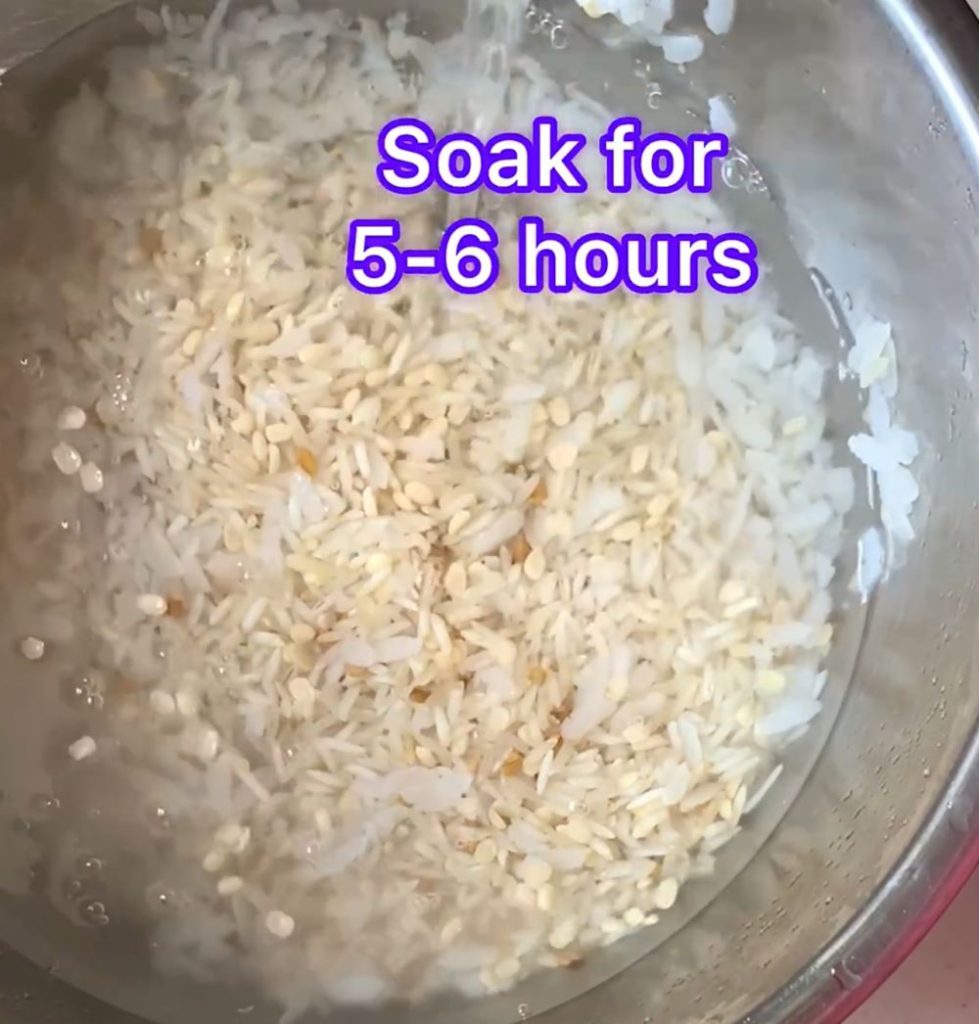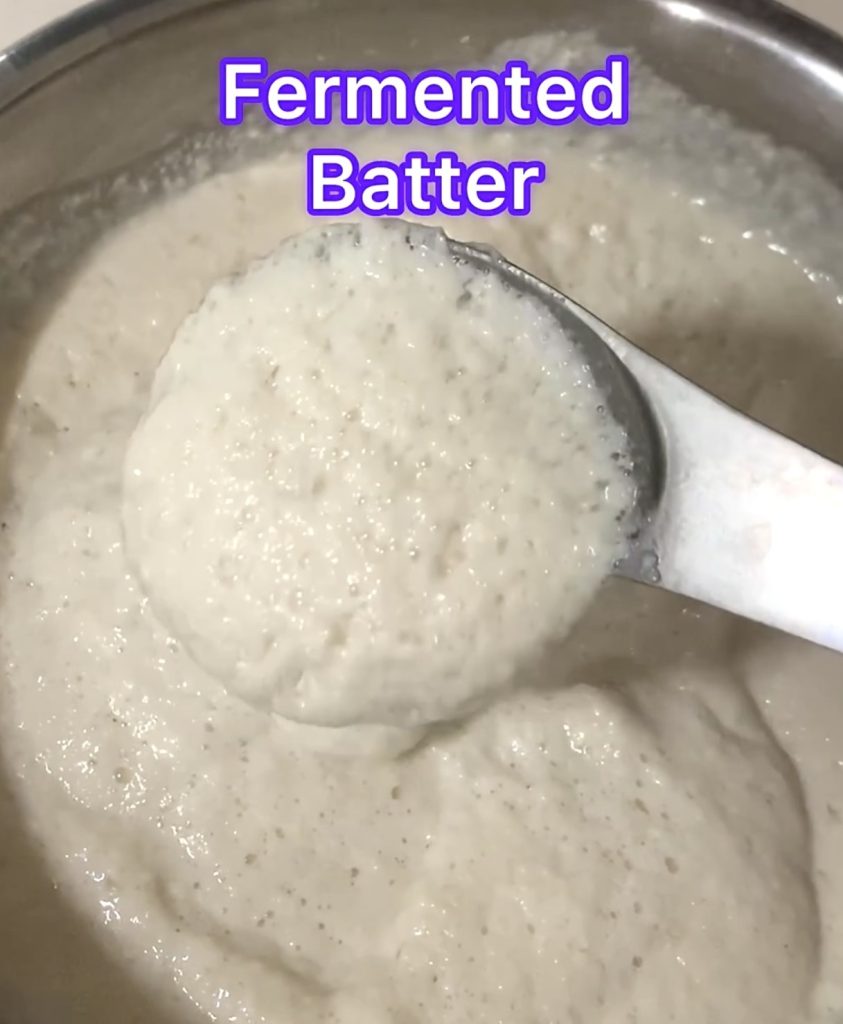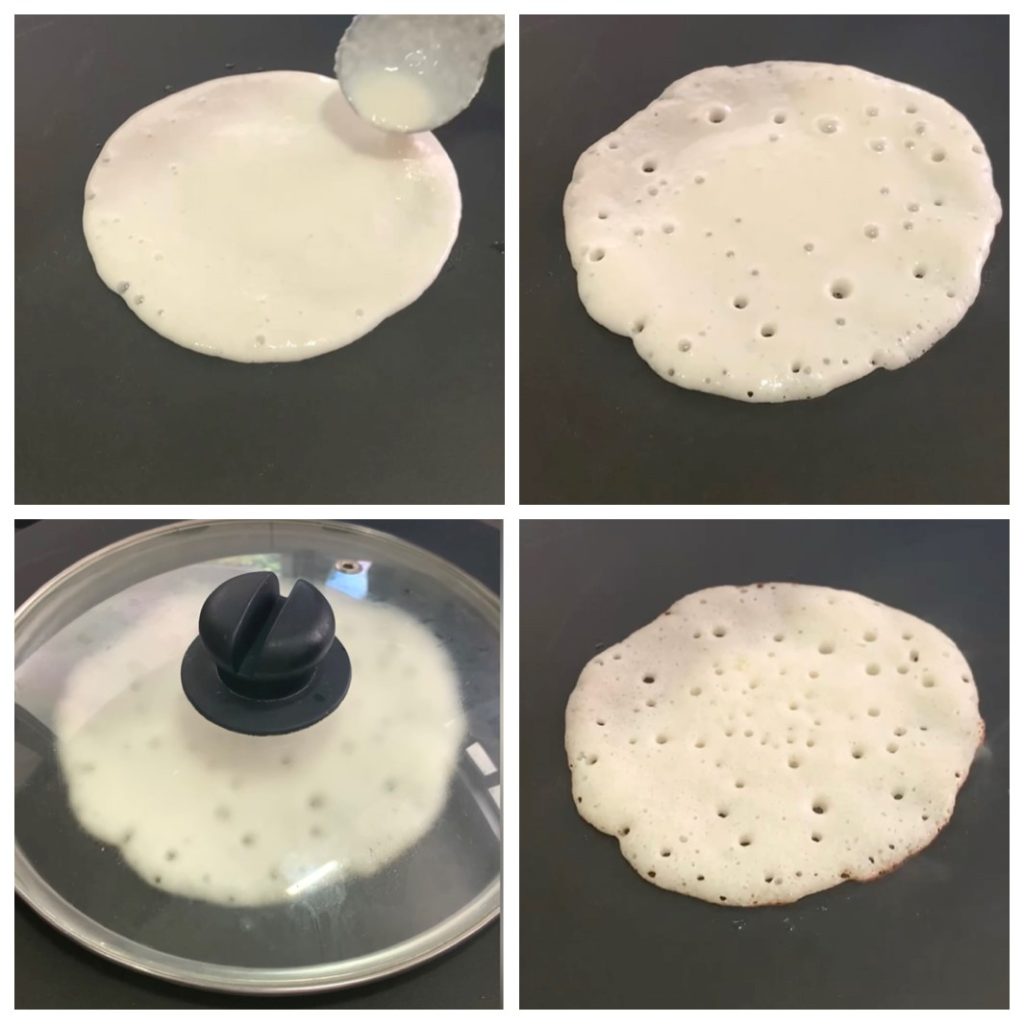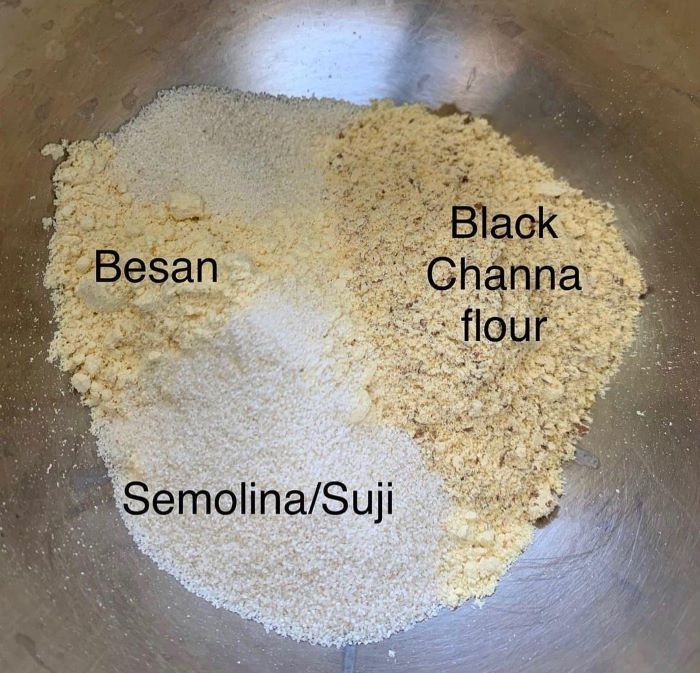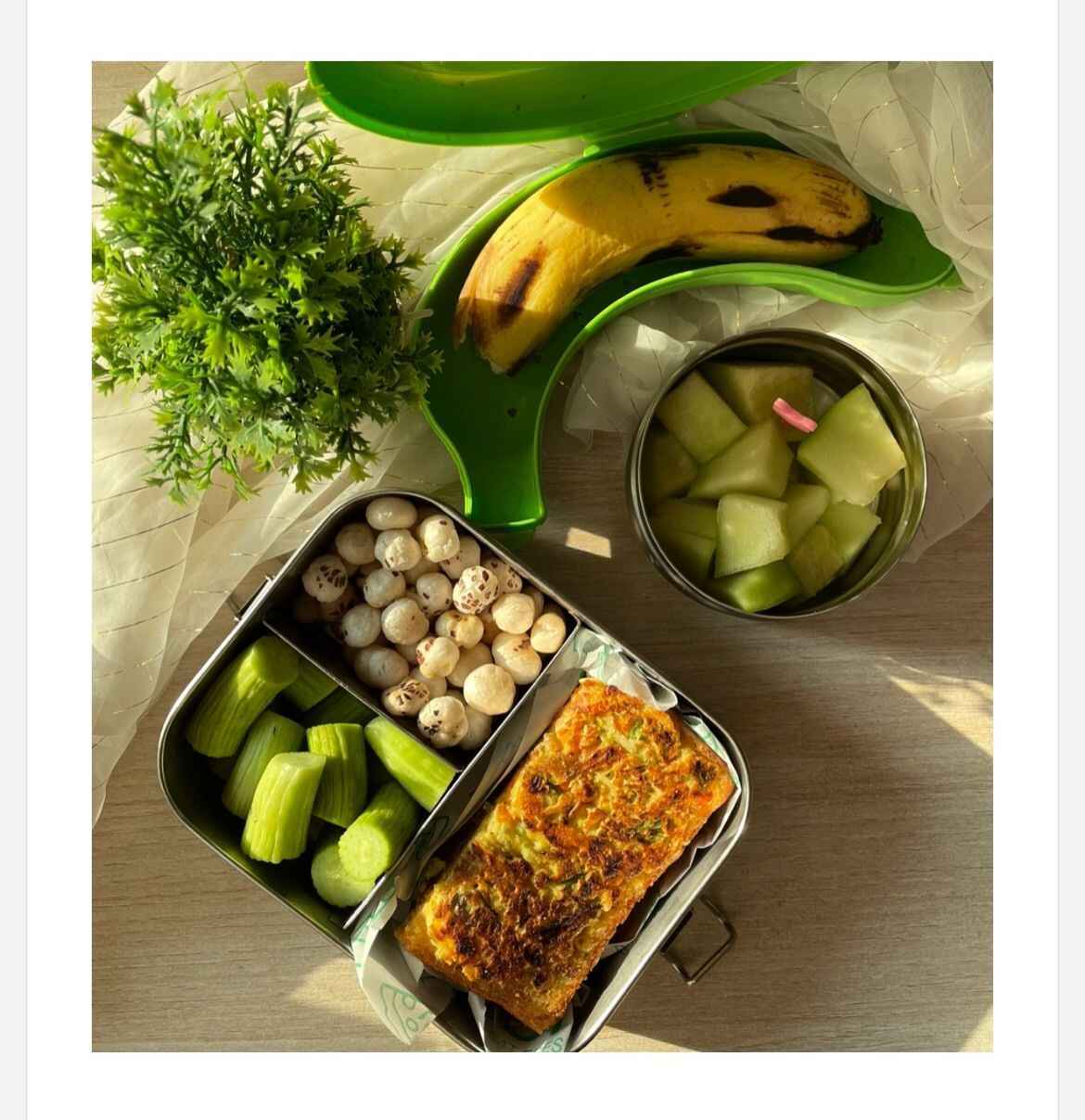
Summer vacation is ending soon, and it’s time to get back to our daily routines. As we transition from lazy summer days to busy school schedules, packing a nutritious and tasty lunch box becomes essential. Here are 25 lunch box ideas that are not only delicious but also packed with essential nutrients. Whether you’re preparing lunch for kids or adults, these suggestions are sure to help you out.
1. Spinach, Beetroot, Carrot Idlies
These colorful idlies are a feast for the eyes and the stomach. Packed with the goodness of spinach, beetroot, and carrots, they’re a healthy alternative to regular idlies. Pair them with coconut chutney or a tangy tomato sauce for a complete meal.
2. Mix Veggies Paratha
Stuffed with a mix of seasonal vegetables, these parathas are a wholesome meal in themselves. Serve with a side of curd or pickle to add a tangy twist. They are not only nutritious but also a great way to ensure your kids get their daily dose of veggies.
3. Channa Kabab
Chickpeas are a great source of protein and these channa kababs are both delicious and nutritious. They’re great on their own or as a patty in a sandwich. Serve with a mint chutney or ketchup to make it more appealing.
4. Potato Chilla
A quick and easy recipe, potato chillas are savory pancakes made with grated potatoes and spices. They’re crispy and loved by all. Pair them with a side of yogurt or a tangy chutney for added flavor.
5. Soya Nutri Pulao
This protein-packed pulao made with soya chunks and vegetables is a great lunch box option. It’s filling and full of flavor, ensuring your child gets the necessary nutrients to stay active throughout the day.
6. Broccoli Paratha
Broccoli, often disliked by kids, can be turned into a delicious stuffing for parathas. Add some cheese to make it even more appealing. Serve with a side of raita or pickle for a complete meal.
7. Mix Vegetables Pulao
This colorful and nutritious pulao is made with a mix of vegetables and basmati rice. It’s a wholesome meal that’s easy to prepare and ensures a balanced diet.
8. Stuffed Moong Dal Chilla
Chillas made with moong dal are healthy and packed with protein. Stuff them with a mix of vegetables for added nutrition. Pair them with a side of green chutney or ketchup.
9. Paneer Bhurji + Paratha
Paneer bhurji is a quick and tasty dish that goes perfectly with parathas. It’s high in protein and very filling. Add some chopped vegetables to the bhurji for an extra nutrient boost.
10. Stuffed Gobhi Paratha
A delicious and nutritious option, stuffed gobhi parathas are made with spiced cauliflower filling. Serve with a side of curd or pickle for a tangy twist.
11. Podi Idli
Idlis tossed in a flavorful podi (spice mix) are a hit with kids and adults alike. They’re easy to make and perfect for a lunch box. Pair them with a side of coconut chutney.
12. Podi Dosa
Dosas sprinkled with podi (spice mix) and a drizzle of ghee make for a tasty and healthy lunch. Serve with a side of sambar or chutney.
13. Spinach Corn Sandwich
A healthy sandwich stuffed with spinach and corn. It’s easy to make and a great lunch box idea. Add some cheese to make it even more appealing.
14. Pesto Spaghetti
A delightful pasta dish made with pesto sauce, spaghetti, and a mix of vegetables. It’s a nutritious and tasty option that’s sure to be a hit.
15. Beetroot Paneer Paratha
A delightful combination of beetroot and paneer stuffed in a whole wheat paratha. It’s colorful, healthy, and a great way to sneak in some veggies.
16. Corn Cutlets
Crispy and golden, these corn cutlets are perfect for a quick snack or lunch. Made with sweet corn, potatoes, and spices, they’re a hit with kids and adults alike.
17. Methi Puri
These fenugreek-flavored puris are a healthy twist on the traditional puri. Pair them with a side of yogurt or pickle for a complete meal.
18. Beetroot Carrot Appe
Soft and spongy, these appes made from beetroot and carrot are not only nutritious but also fun to eat. They make a perfect lunch box item for kids.
19. Rajma Cutlets
Rich in protein and fiber, rajma cutlets are a delicious and healthy option. They’re great on their own or as a patty in a sandwich.
20. Curd Rice with Beetroot
A refreshing dish for hot days, curd rice with beetroot is cooling and delicious. It’s easy to digest and loved by kids and adults alike.
21. Quinoa Salad
A healthy and colorful quinoa salad loaded with vegetables, nuts, and a light dressing. It’s perfect for a light and nutritious lunch.
22. Vegetable Frankie
A delicious wrap made with roti and stuffed with a mix of vegetables and spices. It’s a fun and healthy lunch box option.
23. Millet Khichdi
A nutritious and easy-to-digest khichdi made with millets and vegetables. It’s light yet filling.
24. Spinach Corn Sandwich
A healthy sandwich stuffed with spinach and corn. It’s easy to make and a great lunch box idea.
25. Vegetable Macaroni
A classic macaroni dish loaded with colorful vegetables.
Packing a nutritious and tasty lunch box can be challenging, but with these ideas, you can ensure that every meal is both enjoyable and healthy. Try these recipes and make lunchtime exciting and varied.
What are your go-to lunch box recipes? Share your ideas and feedback in the comments below!

